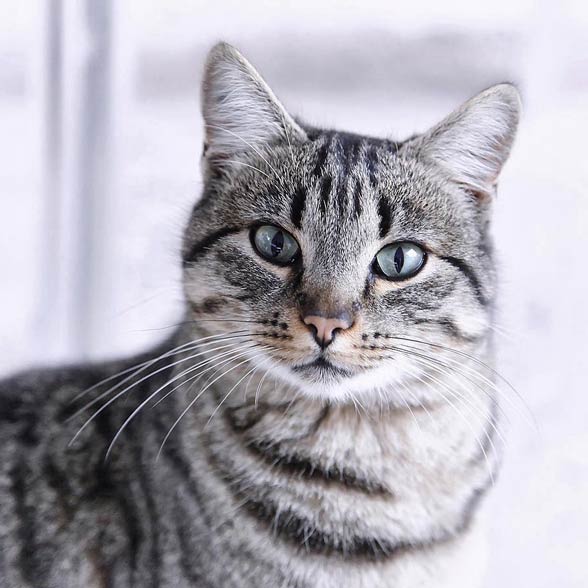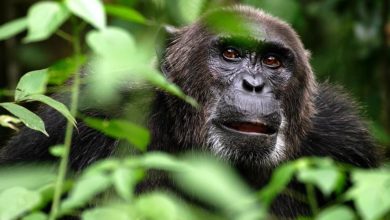Tabby cat facts
Tabby cats
Until now, we have described many breeds of the domestic cat for you – both the most popular and the rarest ones. However, this time we do not intend to characterize one specific breed, but coloration known to all people around the world.
A tabby is not only a neighbor’s moggy passing by in the street. Tabbies may also include magnificent Persian cats, wild Savannah cats, and enormous Maine Coons. These are only few examples of breeds that include striped individuals – probably the most common ones among cats of the Felis genus.

A little bit of history
Tabbies are not a separate breed but a pattern variety. This coloration occurs in many pedigree cats, and also in half-breeds and ordinary decent moggies.
The striped pattern occurs naturally in wild cats, including the ancestor of the domestic cat – the African wildcat (Felis silvestris lybica). Therefore, stripes are likely heritage after wild relatives. You can learn more about the origins of the domestic cat from a separate article.

Characteristics
There are plenty of varieties of tabbies. Usually, you can find stripes, whirls, patches, and spots. In addition, an “M” shape on the forehead occurs.
There are as many tabby varieties as cats, but zoologists have made this easier by creating four basic varieties of the tabby pattern:
- Classic tabby – stripes, and whirled or swirled patterns occur on the sides of the body. This pattern is often visible in the American Shorthair. There usually is a distinctive color contrast between the background and patterns.
- Mackerel tabby – a pattern similar to the tiger’s stripes. Numerous vertical and parallel stripes occur on the coat. Perfect mackerel tabbies have almost straight stripes placed evenly on the body. In addition, the stripes may branch off along the top part of the rump.
- Spotted tabby – the coat is covered with spots. They can be large or small, sometimes interspersed with stripes. You can find round spots, oval spots, and rosettes.
- Ticked tabby – sometimes called Abyssinian tabby or agouti tabby. You will not see typical, distinctive stripes or spots on such cats. Prima facie, such coloration may seem even plain. Markings of this type are seen on the face, sometimes on the limbs and tail. The rest of the body is covered with two-colored (agouti) hairs.
A fifth variety is sometimes distinguished, i.e., the patched tabby. This pattern includes tortoiseshell cats. In cats with this coloration, separate patches of tabby brown and tabby red are seen. Often, white is the background for intensive, warm, tabby colors.

Examples of tabby breeds
Many cat breeds may have the tabby coloration (sometimes as the only color variant, and sometimes as one of many coloration types, accepted by feline federations). These include:
- Abyssinian cat
- Egyptian Mau
- American Bobtail
- American Shorthair
- Maine Coon
- Norwegian Forest cat
- Ocicat
- Savannah cat
- Persian cat
And many, many more…

Tabby cat – interesting facts
- The mackerel pattern may be associated with the fish skeleton, hence the English name of the pattern.
- In the 16th and 17th centuries, the word tabby was attributed to female cats, those owned by witches in particular. Witches’ cats were thought to have been transformed people who were the victims of magic. A tabby cat might also have been a cat possessed by the devil.
- Despite the witch stereotype, it is a tabby cat, not a black one that has been made for witches.
- For a long time, tabby cats were believed to have had great power and 9 lives.















